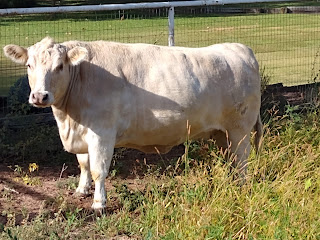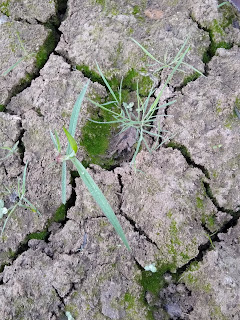The difference between what an animal is and how it is seen by people is a fundamental problem for solving many of a society's issues with nature. Usually exposure, and education helps. But what if ignorance is wilful or serves another purpose? We begin by posing the right questions.
Another reliable indicator of cooler weather is the American robins. Their high energy antics belie their petty and bullying nature. On the other hand, no bird poses quite as well for the photographer.
This is a downy woodpecker working its way into a tree parasite A close relative of the flickers, it can be very active, but does not interact with other birds much, they have a very intense focus that ends at the tip of the bill.
Representations of all sorts of creatures have been passing over our house this morning. For many, this could be the only education they have of an actual amphibian.
I have to admit, they got the grimace on the balloon frog perfectly right when compared to this toad. Most frogs in real life, however, appear to be smiling. This toad was flushed out from a leaf pile by a dog, so has ever reason to be grumpy.
Corrales tries to be all things to all people. But underpinning most of the activity here is farming life. This is one of the few local steers left to graze the fields. He is worth about $1500 open market, or about half the cost of my car. We call him Phil. Small farmers have to supplement their income for most of the year by providing services to home owners, usually lawn maintenance contract services.
For two weeks of the year, they skies above Corrales become more crowded that usual as balloons take off and land. Dogs go crazy, birds freak, the traffic snarls, and power lines get hit. A good time is had by all. Most out of towners ask how Corrales village can be this disorganized and why there are no signposts to the river. I have been telling them the answer is to wander in the Bosque in six months. A few might, and become neighbors.
A cricket is a great example of how people perceive nature. There are literally over 900 species of crickets around the world. They have amazing adaptations and humans have records of domestication for pets for 3,000 years in Japan. They are the best house pets by the way (often sing too loud). Yet most people today think of them in terms of feeding a lizard, or wondering how people can use them to eat our way out of famine and climate change.
The feared and infamous black widow. A great example of how our monkey ancestors would gather and screech about a novel threat in their environment. I have to say, like most venomous creatures, these spiders are very chill and calming to watch. I would never advocate messing with one however, be respectful of their significant danger. It is just a shame that all spiders get lumped in together one pile with this (awesome) iconic species. There are literally only two spider species in New Mexico that could even conceivably be thought of as a threat to health.
A more unusual bug would be this black soldier fly. This species is seen as an awesome reducer of organic waste and has huge potential for waste management. It is renowned for being able to reduce the numbers of "pesky" flies where the two species co-exist. The adult has no mouthparts, and cannot bite, sting, or transmit any diseases. But they look like a wasp, so are reviled.
Butterflies actually have pretty disgusting habits and often are found on some really gross substances in a weird habit called puddling. Some will suck salt from a crocodilian's eyes as they bask (nearest confirmed sighting to Corrales of a wild alligator is 1000 miles downriver; 4 years ago)
Most of the flowers are pretty much done. There is still splashes of color around, however. The Virginia creeper leaves are turning bright red, and the thrushes are downing the toxic (for humans and dogs) berries as fast as they can find them.
There remains a surprising number of insects about in the foliage. This caterpillar belongs to a colorful moth species; the clouded crimson moth. The caterpillars feed on bee blossom plants.
This braconid wasp looks impressively like the soldier fly seen earlier, but is completely unrelated. The only difference is the color and the long antennae. There are 17,000 species known but the vast majority are probably unknown to science.
This is just a picture of the bottom of the interior drain ditch. Now it is slowly turning into a meadow, but likely will have water again in the future. There is a plethora of biological processes going on here and at least five species of plant in this quick picture alone. I will never get to the bottom of all that is going on in just this one picture. The algae, the composition of the soil, the hexagonal cracking, succession growth, are just the parts of the biology here I know something about. I might learn some others if I stick with this blog for years, but most of the biology here I will never know. However, the process of learning is the important part. This is why people should always keep looking at nature. It tells us more about ourselves.















No comments:
Post a Comment